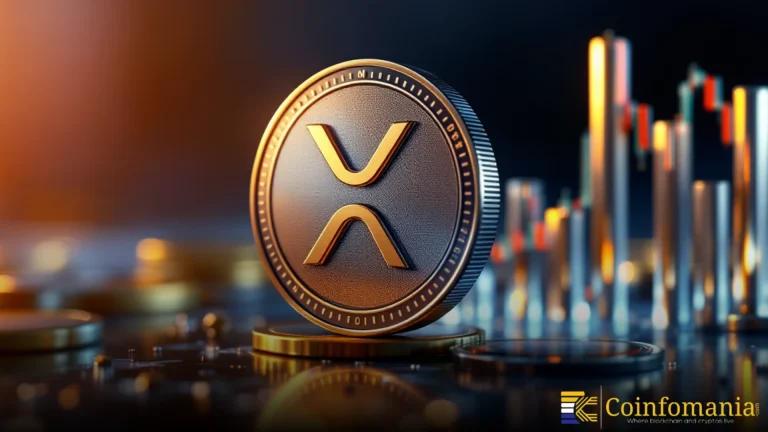Binance Removes Seed Tag from Five Tokens After Project Review
Binance removes the Seed Tag from five tokens, signaling their growth and stability. Here’s what investors need to know about this update.

Quick Take
Summary is AI generated, newsroom reviewed.
Binance removes Seed Tag from Bonk, EigenLayer, ether.fi, Pudgy Penguins, and Pepe.
Seed Tag marks new tokens with higher risk and volatility.
Removal signals token maturity, better stability, and transparency.
Binance continues regular reviews to protect users and promote growth.
Binance recently made an important update. On July 21, 2025, Binance made an announcement on their official X account, that it will remove the Seed Tag from five tokens: Bonk (BONK), EigenLayer (EIGEN), ether.fi (ETHFI), Pudgy Penguins (PENGU), and Pepe (PEPE).
The Seed Tag is a special label Binance uses to mark new and risky projects. It helps investors know which tokens might be more volatile or less stable. Now, Binance says these five tokens have grown and improved enough to lose this tag.
What is the Seed Tag and Why Does it Matter?
The Seed Tag is like a “caution” sign on some crypto projects. It means the token is new, might have bigger price swings, and could be riskier to hold. Binance applies this tag so investors can spot these tokens easily.
But as projects develop, grow their community, and become more stable, Binance reviews them regularly. If a token meets certain standards, Binance removes the Seed Tag to show it’s more mature and reliable.
Which Tokens Lost Their Seed Tag?
The tokens losing the Seed Tag are:
- Bonk (BONK)
- EigenLayer (EIGEN)
- ether.fi (ETHFI)
- Pudgy Penguins (PENGU)
- Pepe (PEPE)
This means Binance believes these tokens have improved their stability, development, and community trust.
How Does Binance Decide?
Binance looks at many things when deciding whether to keep or remove the Seed Tag:
- Team dedication: Are the developers active and committed?
- Development updates: How often does the project improve its technology?
- Trading activity: Does the token have enough buyers and sellers?
- Network security: Is the system safe from hacks or problems?
- Transparency: Does the team communicate clearly with the public?
- Responsiveness: Does the project answer Binance’s questions quickly?
- Following rules: Is the token meeting new regulations?
- Token supply: Has the token’s supply stayed steady without sudden changes?
- Team or ownership changes: Are the core people still involved?
- Community feelings: Do users support and trust the project?
When these areas show positive results, Binance feels confident removing the Seed Tag.
What Does This Mean for Investors?
If you hold any of these tokens, this is good news. Removing the Seed Tag shows Binance’s confidence in the project’s progress. It means the tokens have become more stable and less risky in Binance’s view. However, doing your own research is key, since crypto investment comes with risks.
Binance’s Promise to Users
Binance says it will keep reviewing its projects often. This helps keep both the users and its platform safe. By applying and removing tags like Seed, Binance wants to direct investors towards more safer and reliable tokens.
Final Thoughts
Removing the Seed Tag from these five tokens goes to show how important it is for crypto projects to grow and stay open with their community. It’s also a reminder for investors to look out for how tokens develop before putting their money in.
Follow us on Google News
Get the latest crypto insights and updates.
Related Posts

Charles Hoskinson Praises Bitcoin and Cardano While Criticizing Ethereum’s Design
Triparna Baishnab
Author

XRP Holders Capitulate in Q4 as Realized Losses Spike Sharply
Triparna Baishnab
Author

Matador Secures Regulatory Approval to Fund Major Bitcoin Expansion
Vandit Grover
Author